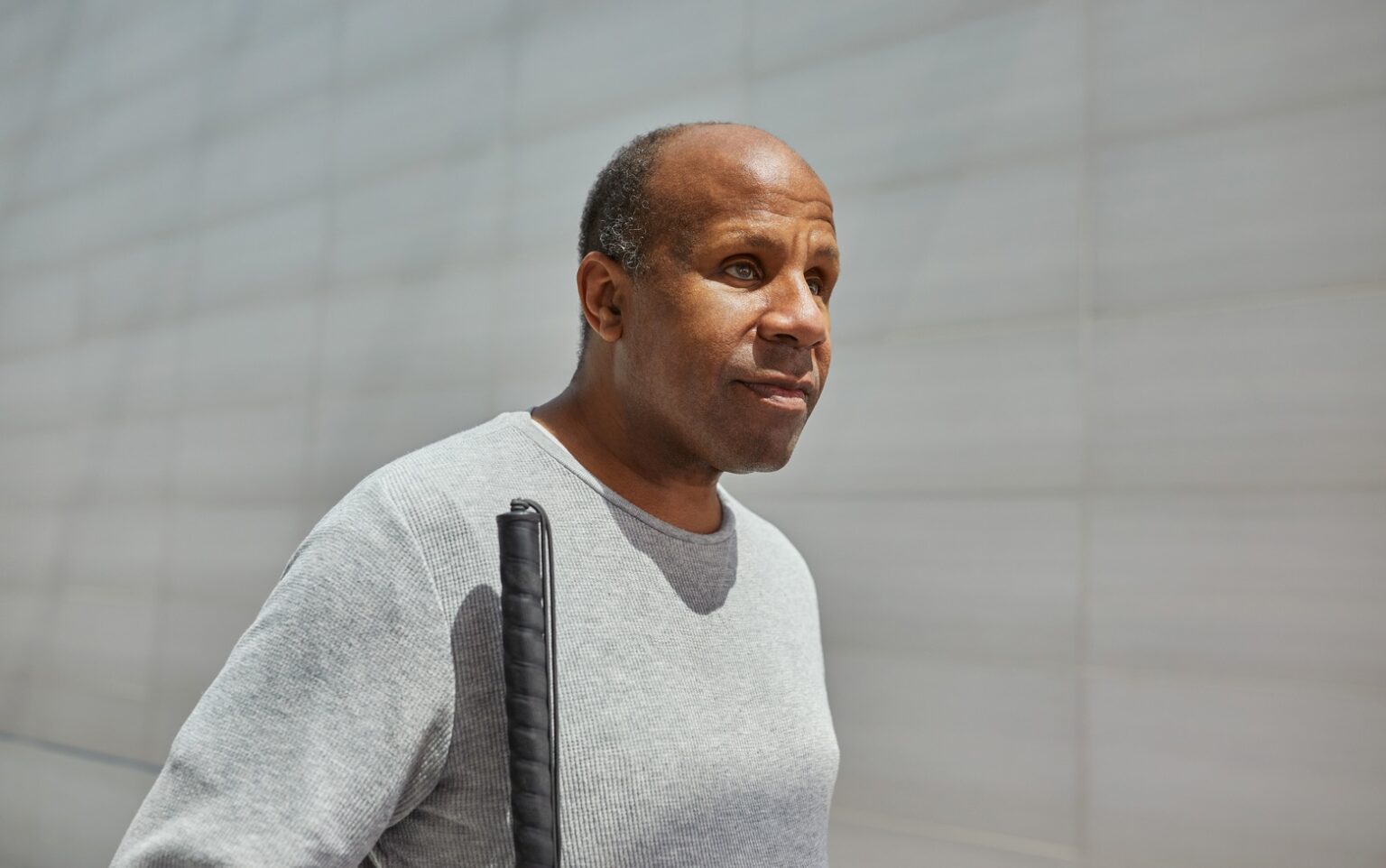Dean Hudson helped develop VoiceOver. With the 30th anniversary of the Americans with Disabilities Act approaching, he looks back on the creation of this Apple tech to describe what’s happening on iPhone and Mac displays to those who are blind or low vision.
Now accessibility technical evangelist at Apple, Hudson promises that Apple remains committed to enabling everyone to use its products. Because they’re life changing to those who need them.
Remembering the early steps of VoiceOver
Apple began development of VoiceOver in the early days of the iPhone. And Hudson was there.
“When my team started working on VoiceOver for iPhone, there was a lot of exploration around things like what happens when you touch items on your iPhone screen,” the Apple employee says. “A sighted user can see it and decide where to touch. I have to touch in order to see it. Several iterations led to Safe Explore, where if you want to activate something on your iPhone, you can double-tap anywhere on the screen.”
Hudson remembers life before this tech. “I went into computer science and I had to have a physical person there in college, reading the screen, because screen readers didn’t exist yet.”
VoiceOver first debuted in the iPhone 3G S in 2009. And now it’s in iPhone, iPad, Mac, Apple Watch and Apple TV.
How VoiceOver is used in the real world
Matthew Whitaker, a blind jazz musician, depends on this technology. “When I’m ready to record my music, I use Logic Pro X on my MacBook Pro,” said the artist. “I usually record the drums first, then I add bass, then add whatever else I need. With VoiceOver enabled, I’m able to navigate really well around the software.”
And it’s been helping him for many years. “I still remember the day my dad gave me an iPod touch. I remember teaching myself how to use VoiceOver. I was so happy that I used it every day,” said Whitaker.
Apple is committed to accessibility
VoiceOver is just one of the tools Apple created to make its products more accessible. There’s also Text to Speech, Voice Control, Switch Control, and Siri.
Hudson is accessibility technical evangelist at Apple, and says Apple holds a commitment to ensuring everyone can use Macs, iPhones, etc. “There really should not be any layer between the things I can do on my iPhone and the things someone who doesn’t have a disability can do,” he asserts.
It’s a different world, thanks to the ADA. “I went to school and had a human read code to me on the screen, but now people can use these tools and actually get a job as an engineer. That’s huge,” noted Hudson.
Via: Apple


